Modelling Stock Market Volatility: Bridging the Gap to Continuous Time
$33.16
| Author(s) | |
|---|---|
| Format |
|
| Pages |
504 |
| Publication Year |
1996 |
Modelling Stock Market Volatility provides new insights about the links between these two models and new work on practical estimation methods for continuous time models. Featuring the pioneering scholarship of Daniel Nelson, the text presents research about the discrete time model, continuous time limits and optimal filtering of ARCH models, and the specification and estimation of continuous time processes. This work will lead to a rapid growth in their empirical application as they are increasingly subjected to routine specification testing.
Introduction:
The crash of October 1987 reminded everyone that stock market volatility is subject to sudden and at best partially predictable shifts. Understanding how and why these shifts occur is important for many areas of economic theory, especially asset pricing, and is important for participants in asset markets, particularly options markets. Research on the determinants of volatility changes has uncovered several factors that seem to be strongly associated with market volatility changes. These are a few of the more important:
(1) Positive serial correlation in volatility. As Mandelbrot (1963) put it “large changes tend to be followed by large changes~of either sign~and small changes tend to be followed by small changes…” (see also Fama, 1965; French et al., 1987).
(2) Trading and nontrading days. Fama (1965) and French and Roll (1986) have documented that both trading and nontrading days contribute to market volatility. For example, stock market volatility tends to be higher on Mondays than on other days of the week, presumably because the movement of stock prices on a typical Monday reflects information arriving over a 72-hour period, while on most other trading days, price movements reflect information arriving over a 24-hour period.
(3) Leverage effects. Black (1976) noted that when a stock’s price drops (rises), the volatility of its return typically rises (falls). Leverage provides at least a partial explanation: A leveraged firm becomes more (less) leveraged when the value of its equity drops (rises). Black argued, however, that the measured effect of stock price changes on volatility was too large to be explained solely by leverage changes (see also Christie, 1982; French et al., 1987).
(4) Recessions and financial crisis. Stock market volatility tends to be high during financial and economical crises such as recessions and bank panics (Schwert, 1988), and market volatility hit an historic high during the depressions of the 1930s (Officer, 1973). Since financial crises and recessions also tend to be accompanied by sharp drops in the stock market, this factor and factor (3) are difficult to distinguish.
(5) Nominal interest rates. Using postwar data, Fama and Schwert (1977), Christie (1982), and Glosten et al. (1989) have concluded that high levels of nominal interest rates are associated with high market volatility. Fama and Schwert also found high levels of inflation associated with high market volatility. It seems likely that these conclusions would be modified if prewar data were included, since the stock market volatility hit a historical high during the depression and yet nominal interest rates were very low (although real rates were very high) and prices were falling during the most several parts of the depression.
Contents:
- Modelling Stock Market Volatility Changes
- Stationarity and Persistence in the GARCH(I,I) Model
- Conditional Heteroskedasticity in Asset Returns: A New Approach
- Good News, Bad News, Volatility, and Betas
- ARCH Models as Diffusion Approximations
- Filtering and Forecasting with Misspecified ARCH Models I: Getting the Right Variance with the Wrong Model
- Filtering and Forecasting with Misspecified ARCH Models II: Making the Right Forecast with the Wrong Model
- Asymptotic Filtering Theory for Univariate ARCH Models
- Asymptotic Filtering Theory for Multivariate ARCH Models
- Continuous Record Asymptotics for Rolling Sample Variance Estimators
- Estimating Diffusion Models of Stochastic Volatility
- Specification Analysis of Continuous Time Models in Finance
- Back to the Future: Generating Moment Implications for Continuous-Time Markov Processes
- Nonparametric Pricing of Interest Rate Derivative Securities
Modelling Stock Market Volatility: Bridging the Gap to Continuous Time By Peter H. Rossi pdf
3 reviews for Modelling Stock Market Volatility: Bridging the Gap to Continuous Time
Clear filtersOnly logged in customers who have purchased this product may leave a review.

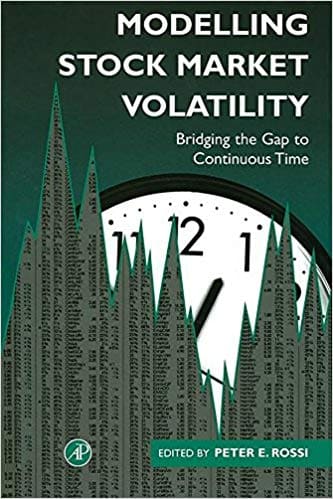
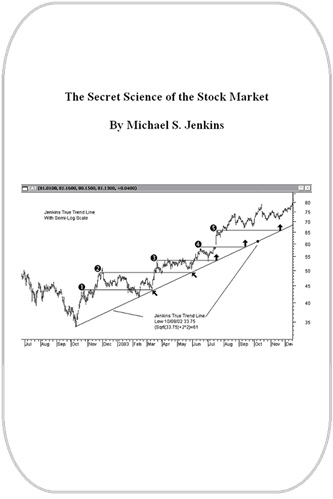
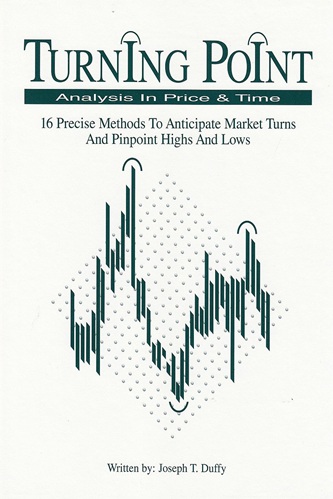
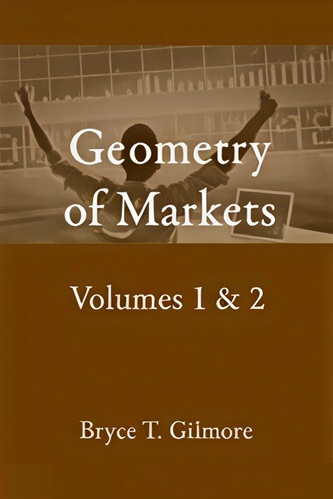
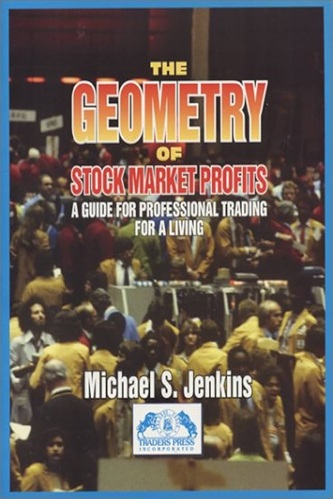
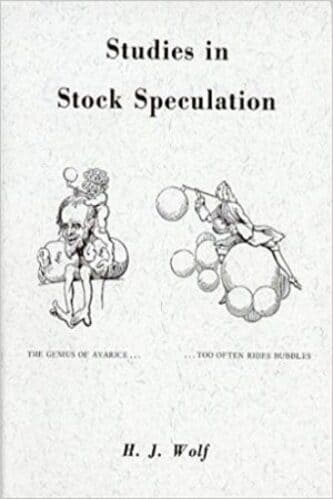
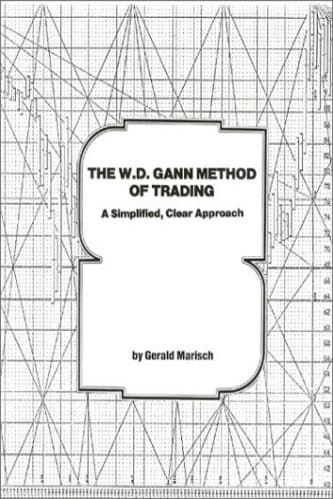

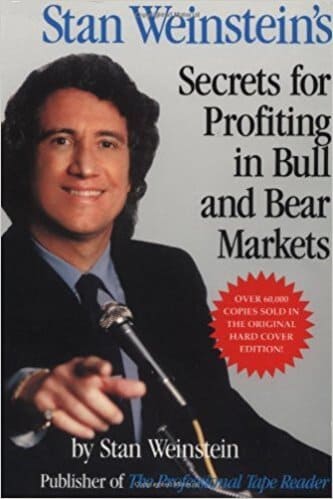
Emmalynn Webb (verified owner) –
This volume contains some important contributions to a young but burgeoning literature and is a worthy tribute to Dan Nelson’s research. Continuous-time econometrics has finally arrived!
Lorenzo Hendrix (verified owner) –
This book is an essential companion for any graduate student or researcher working in financial econometrics. It contains key papers for better understanding volatility modeling of financial time series, especially the link between discrete-time models of the ARCH family and continuous-time stochastic volatility models. The book’s first two-thirds contains seminal papers of Dan Nelson, a major contributor to the analysis of the link between the two types of models. A Central issue is the filtering performance provided by ARCH models for the continuous-time unobserved stochastic volatility. The book’s final part presents major papers on specification and estimation of continuous-time processes. All of these reference papers will be read time and time again to absorb their full substance. The introduction by Tim Bollersley and Peter Rossi offers a clear organizing canvas that puts all of the papers in the proper perspective.
Kannon Zuniga (verified owner) –
Finance applications have led to a rebirth of interest in continuous time econometric modelling. This volume stresses the achievements of Dan Nelson and includes important contributions.